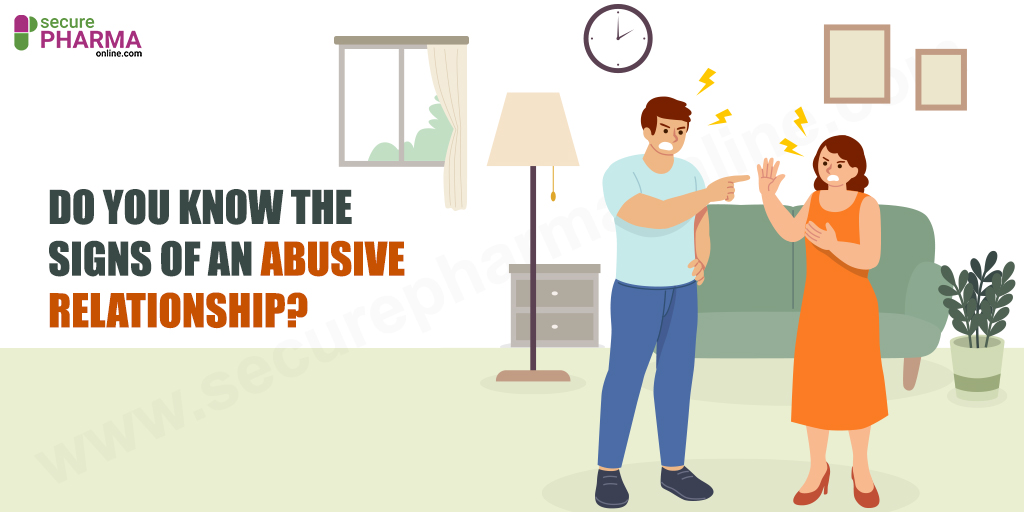Bacterial Vaginosis: Causes, Symptoms, And Treatments

In this article, we’ll discuss Bacterial Vaginosis in detail; specifically, its causes, symptoms, precautions, treatments, and more.
What Is Bacterial Vaginosis?
Everyone is prone to getting sick but statistically, females are often at a higher risk for contracting diseases. From heart disease and mental health disorders to sexually transmitted infections, diseases in women go undetected at a higher rate. Due to the difference in anatomy, chemical profile, and genetics, some diseases appear in females more and they are often described as ‘women’s diseases’.
Also Read: Sexually Transmitted Infection Myths
Bacterial vaginosis is one such disease. Also known as BV or vaginal bacteriosis, this is a vaginal infection that is reported with a higher frequency in females in the age group of 15 to 44. This is the most common infection occurring in women and is characterized by watery and pale discharge with a ‘fishy’ odor.
This is not a sexually transmitted infection but developing vaginal bacteriosis increases the risk of contracting a sexually transmitted disease. If left unchecked, this disease can create multitudes of complications for the patient.
1. Causes
All healthy vaginas play host to a variety of bacteria. The pH level of the vaginal canal is maintained at a slightly acidic level to keep these healthy bacteria in check and to prevent the growth of other harmful entities. When the balance between the necessary and the harmful bacteria is disturbed and there is an increase in the growth of the ‘bad’ bacteria, it results in bacterial vaginosis.
Examples of such harmful bacteria naturally found in the vaginal canal are Lactobacillus, Prevotella, Ureaplasma urealyticum, and Streptococcus viridans. The bacteria related to Gardnerella vaginalis are also associated with BV. Along with the increase in the number of the previously mentioned organisms, there is also a significant decrease in the number of normal lactobacilli that produce hydrogen peroxide in the vagina.
Also, there are some risk factors that increase the chances of developing bacterial vaginosis.
- Individuals with multiple sexual partners or recently acquired partners display a higher risk of developing BV since they are exposed to more bacteria
- People who make use of birth control, more specifically IUDs (like copper IUDs), report greater rates of vaginal bacteriosis
- Making use of bubble baths, perfumed soaps, or vaginal deodorants
- Using strong laundry detergents to clean underwear
- Bathing in water with antiseptics liquids
- Using certain antibiotics also promote the growth of bacteria in the vaginal canal
- Activities like vaginal douching and smoking also increase the risk rates of bacterial vaginosis in women
2. Symptoms
Vaginal discharge is common at various points in the menstrual cycle. In the case of a healthy system, the thin and clear or milky white without any particular smell. This is essential to keep the vagina clean and is not related to vaginal bacteriosis.
In its mild state, BV does not explicitly express symptoms in most individuals. The most common signs of bacterial vaginosis are:
- Increased release of vaginal discharge
- The difference in consistency or color of the discharge
- Abnormal smell accompanying the fluids that are usually described as ‘fishy’
- Burning sensation, aches, or itching that comes with the flow of discharge
- Urination becomes painful and is combined with a burning sensation
- In extreme cases, the individual experiences pain or burning sensations during intercourse
3. Diagnosis
Detection and treatment of bacterial vaginosis is relatively simple. Often, the condition goes away on its own without treatment but seeking help is advised to avoid complications.
Bacterial vaginosis can be diagnosed by a health expert based on the symptoms presented and other related health conditions. It is also equally easy to self-diagnose this condition at its early stage and the individual can later approach a physician for medication.
Sometimes, a doctor might insist on a pelvic exam if the fluid discharge is especially bothersome or if the patient exhibits fever and pelvic pain. They may also opt to collect a sample of the discharged fluids. It is better to get a professional diagnosis since the symptoms presented for vaginal bacteriosis can be similar to other conditions like gonorrhea or trich.
Unattended bacterial vaginosis can lead to complications like:
- Increased susceptibility to HIV and HPV
- More prone to diseases like gonorrhea and chlamydia
- Infections after surgeries
- Lower chances for IVF to succeed
- Higher chances for early delivery or the loss of pregnancy
Other risks for pregnant women include:
- Early opening of the amniotic sac
- Irritation of the uterine lining after delivery called postpartum endometritis
- Tubal factor infertility
- Chorioamnionitis or the inflammation of the membranes surrounding the fetus; this condition increases the chances of early delivery and the infant developing cerebral palsy
Also Read: HPV And Pregnancy
4. Treatment
Before looking into extensive treatment, it should be noted that bacterial vaginosis can appear without a cause and go away similarly. Some health experts recommend home remedies for mild cases of bacterial vaginosis. These ways mostly consist of taking probiotics. Even though there is a lack of significant evidence, consuming probiotics and having a balanced diet has been reported to reduce the chances of developing BV.
In most cases, antibiotics are efficient ways of treating bacterial vaginosis. It is the most common form of treatment but in some people, the disease comes back after the prescription period of oral antibiotics. The antibiotic medication can also be administered as creams or gels to put in the vagina using a tampon.
Metronidazole is the most used antibiotic in the treatment of bacterial vaginosis. It comes in the form of both tablet and gel. It can be administered according to the health expert’s order and it is necessary for the patient to stay away from alcohol. The mixing of these two substances has adverse effects on the patient, therefore there should be at least a gap of 48 hours after taking the medication before consuming alcohol.
Clindamycin is another antibiotic used to treat vaginal bacteriosis. An important point about this antibiotic is that it makes physical birth control less effective. Tinidazole is another antibiotic used when metronidazole and clindamycin seem to be ineffective or the symptoms persist.
5. Precautions
- Healthy practices to promote vaginal hygiene lowers the chances of the development of this condition.
- Intercourse with a male partner may result in the transmission of the infection even if they do not suffer from it.
- If one part of a female-female relationship develops bacterial vaginosis, then the other one has to get tested as well.
- The disease does not get transmitted from using common bathrooms or swimming pools.
- Using a condom while having sex and avoiding activities like vaginal douching reduces the risks of developing BV.
Conclusion
Bacterial vaginosis is caused by the imbalance in the number of certain types of bacteria in the vagina. It is seen with more frequency in individuals with multiple sexual partners and users of IUDs. One does not have to be sexually active to contract this disease. Moreover, it is not transmitted through the use of public washrooms, swimming pools, or the use of common towels.
With proper treatment, the disease goes away completely. If left untreated, the disease can cause unnecessary complications. Additionally, existing conditions of vaginal bacteriosis increase the chance of contracting sexually transmitted infections. Taking care of vaginal hygiene and eating right to maintain vaginal health helps in preventing the occurrence of the disease.
December 12, 2020 Sam Bell











Comments